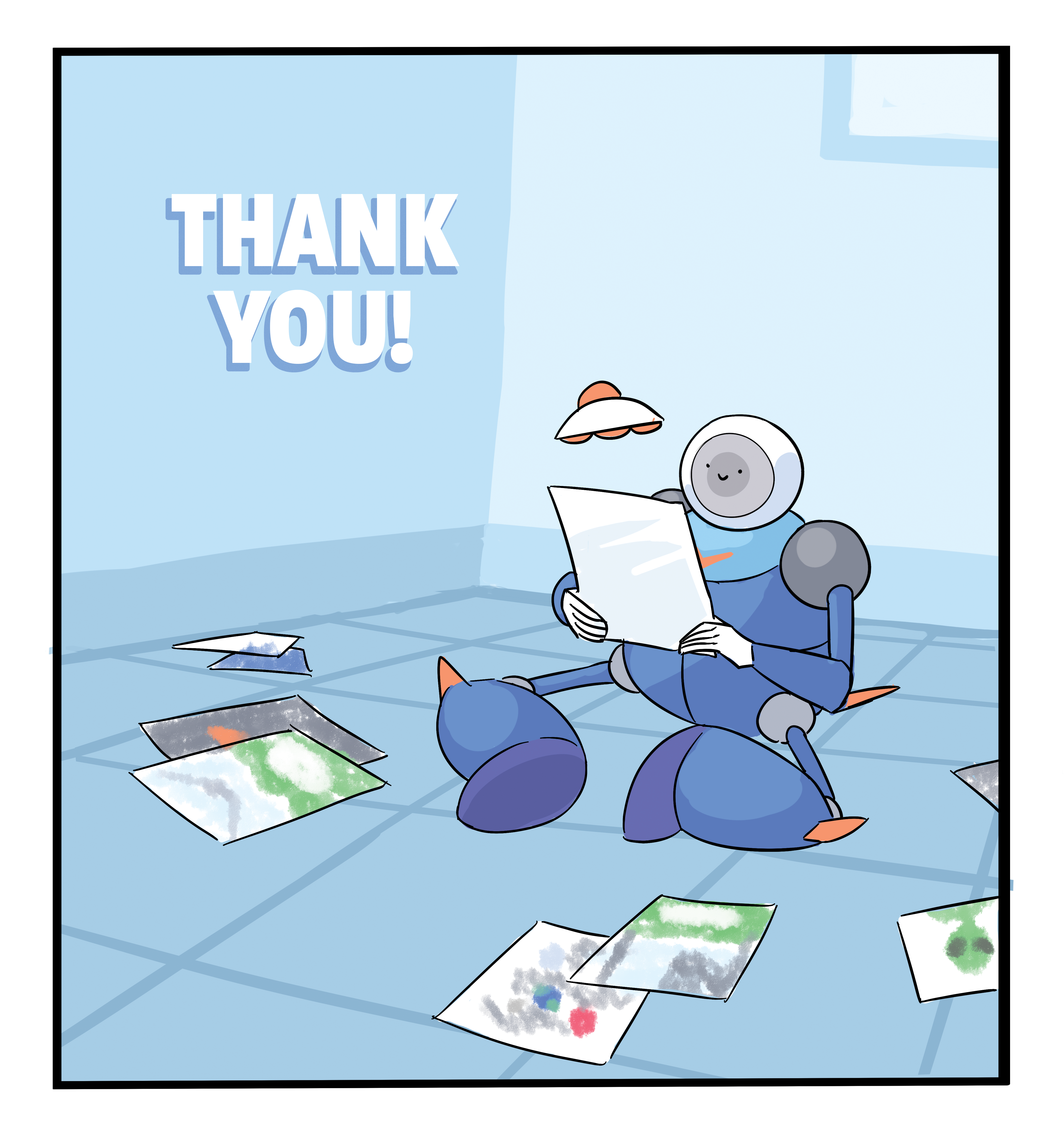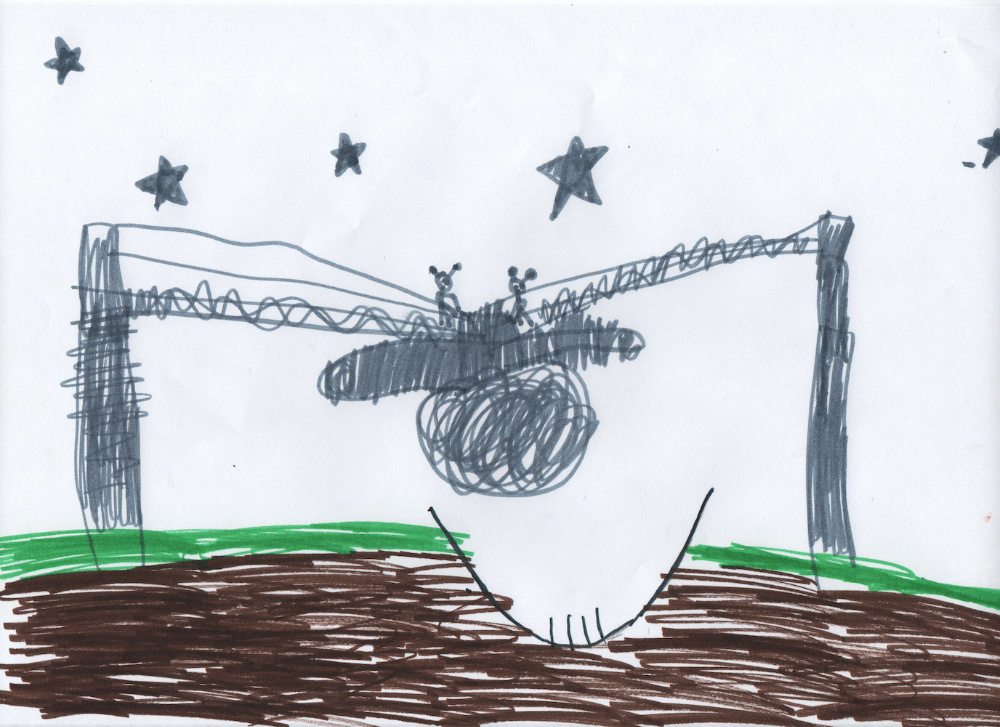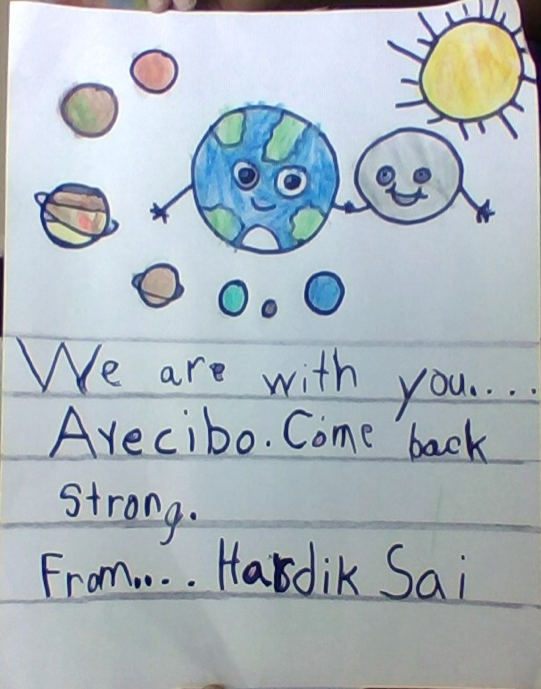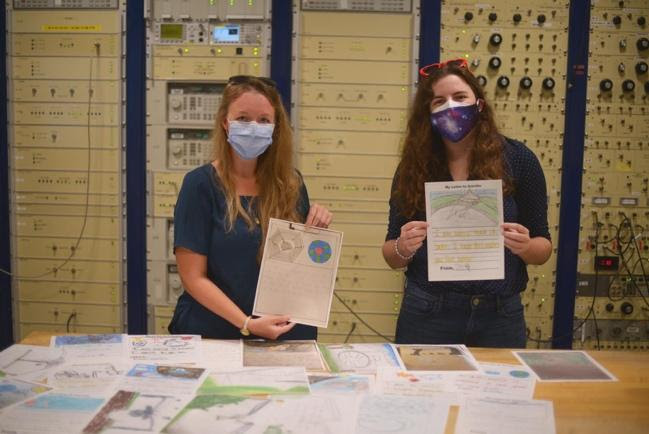- Leter from Dr. Julie Brisset (Principal Investigator of the Arecibo Observatory)13 Sep, 2022
- Arecibo Deputy Principal Scientist to Explore the Cosmos with the JWST02 Sep, 2022
- Letter from the Director22 Aug, 2022
- Piercing through the Clouds of Venus with Arecibo Radar17 Aug, 2022
- Summer greetings from the Facilities and Operations Team!17 Aug, 2022
- Arecibo Observatory at the Small Bodies Assessment Group12 Aug, 2022
- Meet the 2022 Arecibo Observatory REU students!11 Aug, 2022
- Meet Luis R. Rivera Gabriel, Research Intern in the Planetary Radar Group09 Aug, 2022
- Updates from the 2022 CEDAR Workshop in Austin, TX09 Aug, 2022
- Insights into the AAS Conference from AO Analyst Anna McGilvray08 Aug, 2022
- American Astronomical Society’s 240th Meeting: Plenary Lecture Building the Future of Radio Science with the Arecibo Observatory by Dr. Héctor Arce. 28 Jul, 2022
- TRENDS 202227 Jul, 2022
- Advancing IDEA in Planetary Science 27 Jul, 2022
- The Arecibo Observatory: An Engine for Science and Scientists in Puerto Rico and Beyond27 Jul, 2022
- Cryogenic Frontend work for the 12m telescope entering phase II21 Jul, 2022
- Remote Optical Facility Updates20 Jul, 2022
Arecibo Observatory Staff Receives Letters of Support and Encouragement from Schoolchildren in Florida
Byadmin01 April 2021 Education


|

|

|

|
| Education |
The impact from the collapse of the William E. Gordon radio telescope at the Arecibo Observatory is keenly felt by the facility’s staff, scientists, and the island of Puerto Rico, but the ripples of loss have also been felt world-wide. That is why students at the Goldsboro Elementary Magnet School in Florida decided they would “cheer up” the staff at the Arecibo Observatory with letters filled with colorful drawings and words of sympathy and hope for the observatory’s future.
The 305-meter telescope collapsed on December 1, 2020, following a series of broken cables that suspended the 900 ton platform above the radio receiving dish. First constructed in 1963, the telescope was the largest single-dish radio telescope in the world until the FAST telescope began operating in China in 2016.
At the time of its collapse, the Arecibo telescope was still known as the most sensitive and powerful radar telescope in the world and was actively making ground-breaking scientific discoveries about our atmosphere, the cosmos, and tracking a record-breaking number of near-Earth asteroids.
Another key component of the Arecibo Observatory has been its platform for education in Puerto Rico and world-wide, which is why the schoolchildren’s letters were so special.
“The letters remind us that the Arecibo Observatory was such an important figure to more than just scientists and those in the astronomy community. It was something that inspired generations of people to learn more about science, which is so important,” says Ms. Anna McGilvray, a Science Operations associate at the Arecibo Observatory.
 Dr. Rachel Hallett-Njuguna, the STEM (science, technology, engineering, and mathematics) resource teacher who encouraged her students to write the letters, explained, “A few of our students are from Puerto Rico and knew about Arecibo and had heard about the collapse. Overwhelmingly, the students were extremely sympathetic to the situation and were eager to write or draw something that would cheer up the scientists.”
Dr. Rachel Hallett-Njuguna, the STEM (science, technology, engineering, and mathematics) resource teacher who encouraged her students to write the letters, explained, “A few of our students are from Puerto Rico and knew about Arecibo and had heard about the collapse. Overwhelmingly, the students were extremely sympathetic to the situation and were eager to write or draw something that would cheer up the scientists.”
“A few of our students are from Puerto Rico and knew about Arecibo and had heard about the collapse. Overwhelmingly, the students were extremely sympathetic to the situation and were eager to write or draw something that would cheer up the scientists.” - Dr. Rachel Hallett-Njuguna, the STEM (science, technology, engineering, and mathematics)
One of the letters began, “Hi awesome scientists” and many assured the staff that “we appreciate all that you do”. “You did so much great research, be proud of that!” one 4th grader reminded the team.
>> Gallery of Student's Letters
“Receiving the letters from the children made me realize the impact of the observatory was even more far-reaching than I thought,” says Dr. Allison Smith, a preeminent postdoctoral scholar at the Arecibo Observatory. “They are paying attention and very interested in what we do in science and outer space.”
“Receiving the letters from the children made me realize the impact of the observatory was even more far-reaching than I thought,” - Dr. Allison Smith, a preeminent postdoctoral scholar at the Arecibo Observatory.
 It was clear from the students’ drawings that they had looked at images of the telescope and may have known about the facility’s history with the Search for Extraterrestrial Intelligence (SETI). The artwork ranged from depictions of the telescope at the Arecibo Observatory to images of UFOs and friendly aliens.
It was clear from the students’ drawings that they had looked at images of the telescope and may have known about the facility’s history with the Search for Extraterrestrial Intelligence (SETI). The artwork ranged from depictions of the telescope at the Arecibo Observatory to images of UFOs and friendly aliens.
While most of the letters also included words of sympathy such as, “I am so sorry it broke because it was beautiful”, overwhelmingly the letters contained supportive messages about rebuilding the telescope.
“We are with you Arecibo, come back strong,” one letter reads. “You have encouragement and support to make the new telescope,” says another.
“We all believe in you.”
Dr. Christiano Brum, Head of Science Operations at Arecibo, wants the students to know that constructing a new facility is exactly what the science community and the team at Arecibo hopes to do. “Here at the Arecibo Observatory, we continue to work hard to continue the legacy of Arecibo, with a new state-of-the-art observatory that would be even more powerful and sensitive.”
“Here at the Arecibo Observatory, we continue to work hard to continue the legacy of Arecibo, with a new state-of-the-art observatory that would be even more powerful and sensitive.” - Dr. Christiano Brum, Head of Science Operations at Arecibo,
On March 17th, Dr. Hallett-Njuguna and her own child who is in the class of students that wrote the letters, visited the University of Central Florida so that they could hand-deliver some of the letters and visit the science laboratories. The University of Central Florida (UCF), along with Yang Enterprises and the Universidad Ana G. Mendez, manage the Arecibo Observatory on behalf of the National Science Foundation.
“My children were excited about seeing and touching equipment that flew into space, and loved seeing so many women working as scientists,” Dr. Hallett-Njuguna says about their visit to UCF.
“As a Space Science teacher, it was incredible to talk with scientists who do the actual work of collecting the data I share with my students in my class.” She added, “the lab was an amazing example of problem solving and collaboration and I cannot wait to talk about the visit with the rest of my students next week.”
During the visit, Dr. Noemí Pinilla-Alonso, the Science Manager for the Arecibo Observatory, presented the class with a specially-created Arecibo Data Dreams comic to thank them for their letters.

|

|
| Dr. Hallett-Njuguna receives the Arecibo Observatory "Data Dreams' special edition comic from Arecibo's Dr. Noemí Pinilla-Alonso as a thank you to the classroom of students who wrote letters of encouragement and support following the collapse of the William E. Gordon radio telescope at the Arecibo Observatory. | Allison Smith, a postdoctoral scientist at the Arecibo Observatory and UCF, and Anna McGilvray, science operations associate at the Arecibo Observatory, display some of the letters they have received. |
| Overwhelmingly, the scientists, engineers, and staff at Arecibo say “Thank you” to the students for showing the team that support for the Arecibo Observatory universally transcends location and age, and reminding them that the next generation of scientists is ready to carry the Arecibo Observatory’s legacy forward. | Arecibo staff read the letters of support |
The letters have been collected for display in the form of an exhibit to inspire people across the island, including those who continue working to preserve and rebuild parts of the Arecibo Observatory. The letters will be displayed temporarily at the C3TEC museum in Caguas, Puerto Rico, starting April 10, 2021. The exhibit will be returned to the Arecibo Observatory and permanently displayed at the Science and Visitor’s Center when it reopens as part of the legacy of the William E. Gordon Arecibo Telescope.
You can also view the letters on the Arecibo Observatory’s website.
|
Article written by Dr. Tracy Becker - AO Collaborator / SwRI Research Scientist
Contact: tbecker@swri.edu |
Keywords: observatory, arecibo, radio, telescope, education, outreach,save, ao, future, next, generation,






